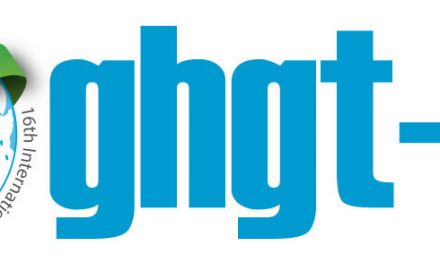By Richard Porter, University College London
The C4U and REALISE Horizon 2020 consortia held their first bilateral meeting on the 12th April to discuss the synergies between the application of CCUS in their respective industrial sectors – iron & steel production and refineries. A primary interest for both projects and current hot research topic is the impact that impurities contained in flue gases targeted for CO2 capture and potentially in the CO2 product streams can have in different elements of the CCUS value chain.
CO2 concentration specifications for various impurities (H2O, O2, NOx, SOx, H2S, CO etc.) have been published by European CO2 transport and storage providers, which indicate the need for raw CO2 product clean-up for certain industry emission source – CO2 capture technology combinations. Assessments on the requirements for CO2 purification technologies to reach pipeline or shipping quality are underway in C4U. Strategies for CO2 compression and liquefaction can also offer an opportunity for combination with CO2 purification but may reject part of the incoming CO2 stream, leading to a decrease in the overall capture rate, so a multitude of interdependent factors need consideration. The possibility of chemical reactions between different CO2 impurities when different sources combine in a CCUS cluster is another important issue requiring further exploration.
The C4U and REALISE projects consortia have confirmed their interest in future collaboration on the CO2 impurities topic.







